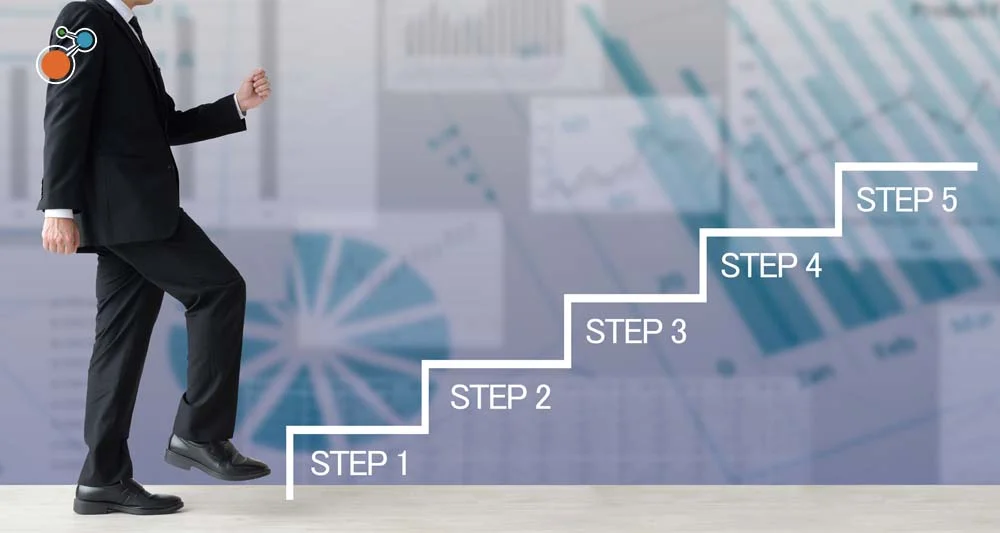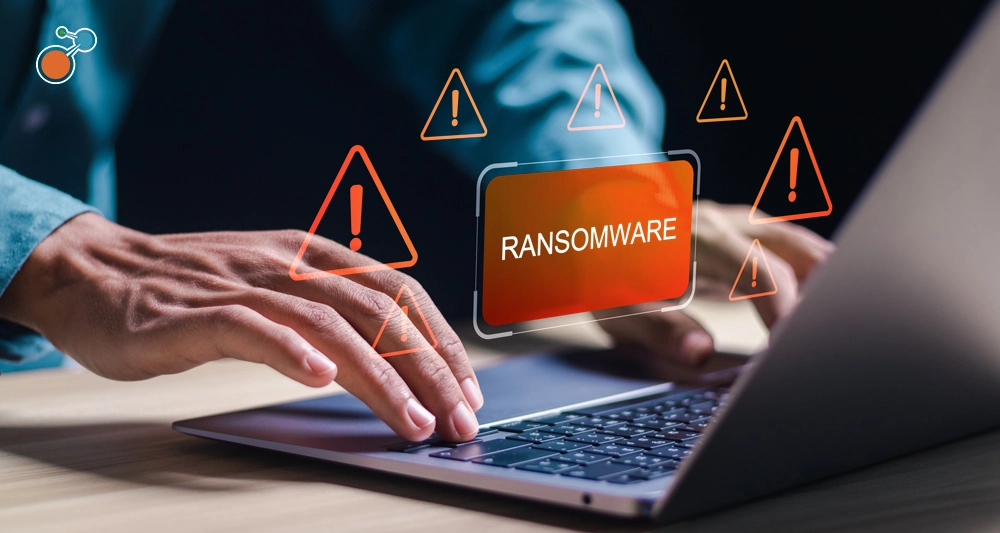5 Project Management Risks and What You Can Do About Them
Every project has its risks. With a small project of short duration, modest budget, and few stakeholders, those risks may be relatively easy to manage. But as projects grow in size, complexity, and cost, project management risks and potential impacts grow as well. If you aren’t paying attention to those burgeoning risks, the results can be disastrous.
With such high stakes, educated estimations of risks aren’t enough to keep your project on track. You must be thorough in identifying risks and quantifying the impact. That way, you can develop realistic alternative plans to implement should those risks materialize.
Project Management Risks to Consider
Here are five risk categories – and how to keep them from derailing your project.
- Cost risks. Many factors can drive up the cost of a project. Scope creep can occur when the project balloons beyond the original plan. Component costs can jump if a supplier can’t provide a critical part and the team must substitute a higher-priced supplier. Budgets can be blown if changing project requirements aren’t conveyed to all stakeholders. Unclear component specifications, for example, could force rework and the attendant costs of extra materials, re-engineering, and labor.Project risk management software can systematically identify risks and quantity costs to help you stay on track. You can collect all relevant data into a “single source of truth” that gives you the visibility to spot issues before they become budget-busting problems. Software also often has sophisticated analytical tools to help you predict project costs, time frame, and variability. These data-backed insights can help you optimize resource allocation. Better resource budgeting can, for instance, ensure your contingency fund provides a reasonable cushion without unnecessarily tying up funds.
- Schedule risks. Delayed deliveries, bad weather, and geopolitical disruptions can trip up carefully choreographed project schedules. Although you may routinely add some buffer in anticipation of problems, how confident are you that this cushion will be sufficient? If your project is significantly delayed, would the C-suite be satisfied with your explanation that you’d done all you could ahead of time? But having a fully detailed plan to respond to every potential hiccup is not realistic either.Prioritize your efforts by assessing all potential risks and quantifying both the likelihood and impact. Have backup plans ready to go for those events that are highly likely or would have a significant impact on a project’s outcome. Modern project risk management tools also make it easy to integrate downstream schedule updates into project management software to instantly keep the team informed.
- Performance risks. Delivering a project on time and within budget takes more than just accurate cost and schedule plans. Miscommunication, unrealistic expectations, and lack of resources all can impact project performance.A single source of truth not only helps you identify threats and opportunities faster, it facilitates communication both within and between projects. When everyone uses the same risk language and evaluation criteria, it’s easier to share knowledge, brainstorm ideas, and collaborate on action. Also helpful are automated notifications and alerts that instantly share data, remind stakeholders of outstanding tasks, and communicate project status to help you respond intelligently to changing conditions.
- Compliance risks. Organizations of all sorts face increasing regulatory pressure – but the intensity is particularly acute in heavily regulated industries such as aerospace and defense. Yet it’s difficult for a team busy creating the deliverable to be mindful of all the rules and regulations that must be followed. The Department of Defense, for example, requires risk to be managed according to specific frameworks to be an approved contractor. Compliance is not an option.Look for project risk management software that has built-in functionality to comply with important industry requirements from the DoD and others. That way you won’t have to worry that something critical will slip through the cracks.
- Missed opportunities. After a project is complete, it’s natural for everyone to close the proverbial book and move on to the next one. But doing so without looking back can mean missing opportunities to capture the lessons learned and feed that into the next project.Start by documenting your project management risks and mitigation plans. And follow that up by analyzing what worked and what didn’t. What data, systems, or people would have helped your project along? This will help you avoid making the same mistakes again – and give you an advantage in identifying new opportunities. Software can help you systematically capture these details and share the information with the rest of your organization so other projects can benefit.
Take Control of Your Project’s Success
You will not achieve success simply by avoiding failure. Successful projects are about understanding what you’re up against and laying the groundwork to help you immediately jump into action to deal with whatever pops up. When project management risks are managed effectively and holistically, every team member is aligned around the objectives, actions, and controls – and that’s what will result in project success.
For more on managing project risks, download our ebook, Seven Risk Management Habits for Successful Projects, and check out Riskonnect’s project risk management software, Active Risk Manager.







